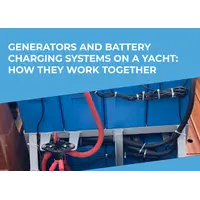For those who are in doubt about the necessity of fenders on board your yacht, we tried out best to make a compelling case for boat protection in this article. And we are talking not only about the safety of your own boat, but also about other aspects, like saving money in the long run. After all, experienced yachtsmen know that it is impossible to predict and take into account all the unpleasant situations that can lie in wait for you not only at sea, but also during mooring and even while the boat is already anchored.
What Are Boat Fenders For?
Fenders are devices made of polymers or polymer alloys that are hung along the sides, transom and bow of the yacht. They act as a dampener when parts of the boat come into contact with the berth during mooring or with the side of a neighboring boat in the marina or when mooring to piles.
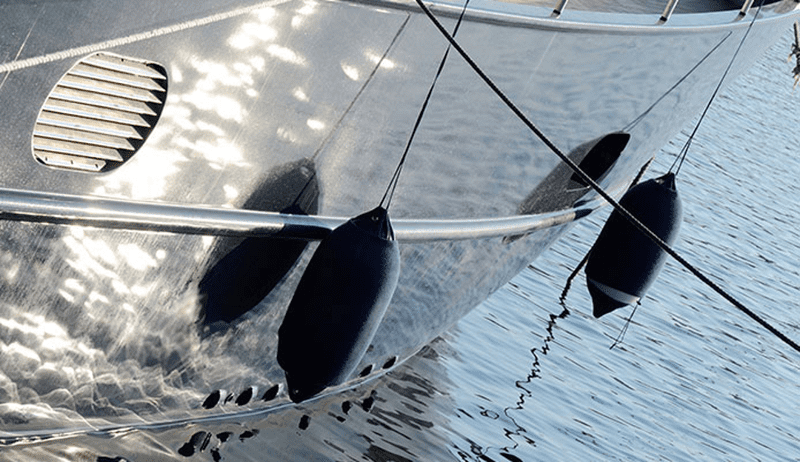
It is clear that when maneuvering or while docking, the sides and other parts of your boat will touch or even crash into the pier or neighboring vessels. In order not to damage your own and neighboring yachts, you should use a long-invented device - fenders.
Modern protective accessories can be of various configurations and designs. The most popular of them are:
- cylindrical inflatable ones, made of soft PVC;
- spherical, filled with polyurethane foam and other polymeric materials;
- flat and inflatable, one-piece made of soft PVC.
Properly selected and placed in the correct way, the fenders absorb all the force of impact on the pier or adjacent vessel. The material from which the fenders are made, as well as their shape, provide the maximum cushioning and damping effects. The dampener, which acts as a fender upon impact, distributes the impact force evenly over the entire area of the fender and reduces it at the point of impact at the same time. The damping effect that appears in this case gradually fades and the amplitude of the boat swaying decreases.
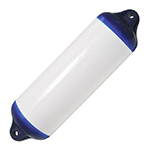 Cylindrical Fenders
Cylindrical Fenders 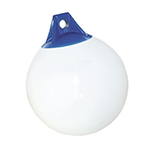 Round Fender
Round Fender 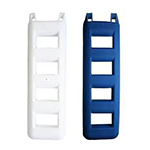 Ladder & Steps Fenders
Ladder & Steps Fenders 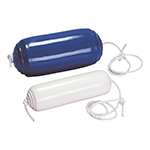 Thru-hole Fenders
Thru-hole Fenders 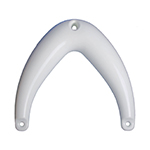 Bow & Stern Fenders
Bow & Stern Fenders 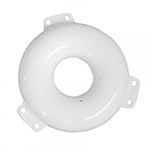 Ring Fenders
Ring Fenders 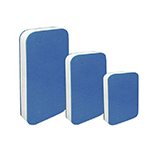 Cushion and Flat Fenders
Cushion and Flat Fenders 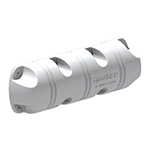 Dock Fenders & Accessories
Dock Fenders & Accessories 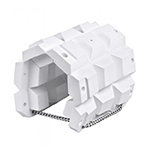 Pile Fenders
Pile Fenders Benefits of Marine Fenders for Safety
It has already been mentioned above that sea cruises on your own yacht are full of unexpected situations. Of course, mooring and anchorage are the most mundane processes for experienced yachtsmen in familiar marinas and lagoons.
But not every one of us is ready to repeat the usual routes from year to year. And then some might go through all possible unexpected situations like the most ordinary beginner.
For example, let’s imagine that an experienced sailor first anchored in an unknown cramped lagoon with unknown characteristics of the bottom soil - the anchor does not catch on the bottom, and as a result the out-of-control yacht drifts right towards other people’s boats.
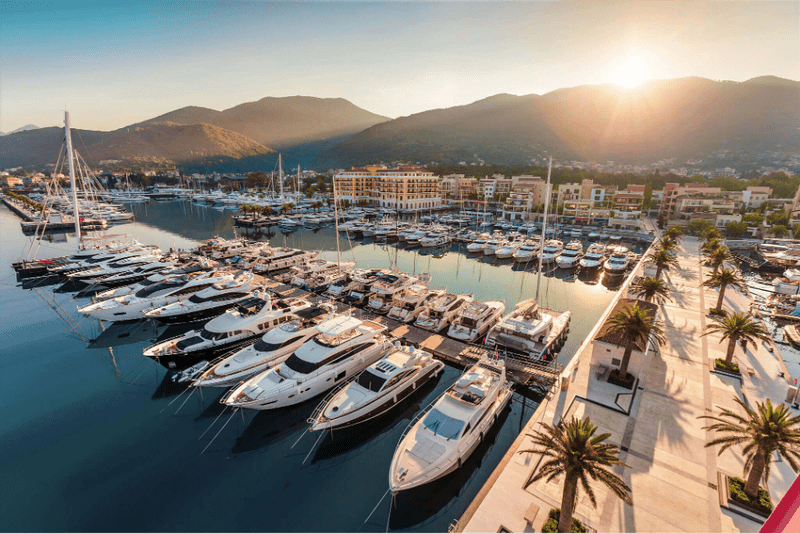
Now imagine the consequences if this skipper's vessel and those of his neighbors in the lagoon were not protected by fenders.
There is still a lot of surprises when it comes to mooring. For example, a novice skipper might not bother to get acquainted with the characteristics of the water area - an ebb or tide wave height, for example. Even the most experienced captain is not immune from other people's mistakes as all the boats share the same area.
To protect yourself, your crew and passengers, as well as people on nearby yachts, make sure that at least your boat is fully equipped with fenders of all types in the required quantities and sizes.
How Many Fenders Do You Need for Your Boat
To ensure the safety of people who are on the ship, including crew and passengers, it is required to provide the boat with a full set of side, transom and bow protection. Of course, if the skipper consistently enters marinas where mooring is done only one way, you can limit yourself to one or more types of fenders.
Please note that cylindrical fenders must cover ⅔ of the freeboard. Spherical fenders have a higher damping and cushioning effect, it is enough that they cover ½ of the side above the water. In this case, the lower part of the fenders can touch the surface of the water, but the fender should not float.
To calculate how many cylindrical fenders you need to protect one side, many years of sailors' experience will come to your aid. Through practical research, the maritime community has recognized that in order to prevent damage to the sides of the boat when hitting a pier or adjacent vessel, fenders should be placed every 2-2.5 meters of the length of the side.
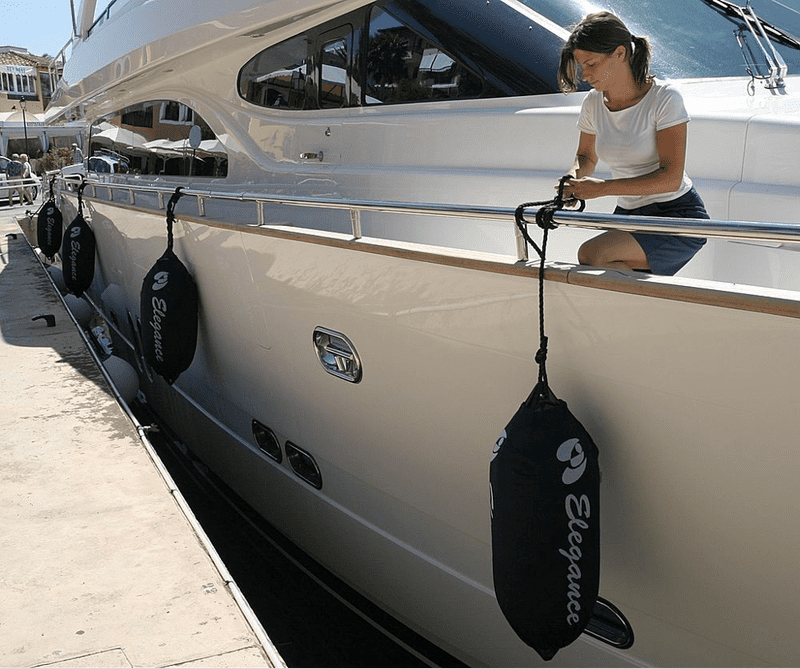
And in order to calculate the diameter of the fenders, proceed from the same calculation, determined empirically, which recommends that for every 1.3-1.5 meters of the side there should be 2.5 cm added to the diameter of the fender.
If during the route the side-to mooring will be performed, fenders must be provided on both sides.
If it is planned to enter marinas bow-to or stern-to, appropriate fenders should be provided. For the bow with a bowsprit, spherical fenders hung on both sides of the bowsprit have proven themselves well. The same pair will perfectly protect the transom when mooring astern, which is typical for many Mediterranean marinas.
Consider also that a place in the marina or at the pier may be offered, where you will have to moor both side-to and stern-to or both side-to and bow-to.
If you take into account all the nuances of the route in advance, with different types of vessel anchorage and mooring processes, you can ensure the safety of people on board with the help of properly selected fenders.
Financial Benefits of Marine Fenders
Above, we looked at several situations that could lead to damaging the boat when mooring or docking. So far it was about the safety of the people on board, which, of course, is a priority in any maritime situation.
But it makes sense to also think about the safety of your wallet - how much money you can save by just buying fenders. Let’s even ignore the costs of possible treatment, like injuries of the crewmen or passengers of your own or someone else's vessel. We will limit ourselves to just calculating the possible costs of repairing our own or other captain’s yacht, based on the practical experience of the topRik team.

Now you can independently calculate the cost of a set of fenders and a hypothetical hole in the side, bow or transom.
A particularly impressive comparison can be made if one imagines that a skipper persists in purchasing fenders, lasting for several seasons. That way you will have to spend money on fenders only once - and in the long run you will be relieved of many problems when mooring, anchoring and passing through tight locks.
Finally, you will avoid the embarrassment of getting an invoice from the owner of the boat, which suffered damage because of your negligence. Let's not forget about the importance of good reputation in the maritime community, which can not be bought for any amount of money.



